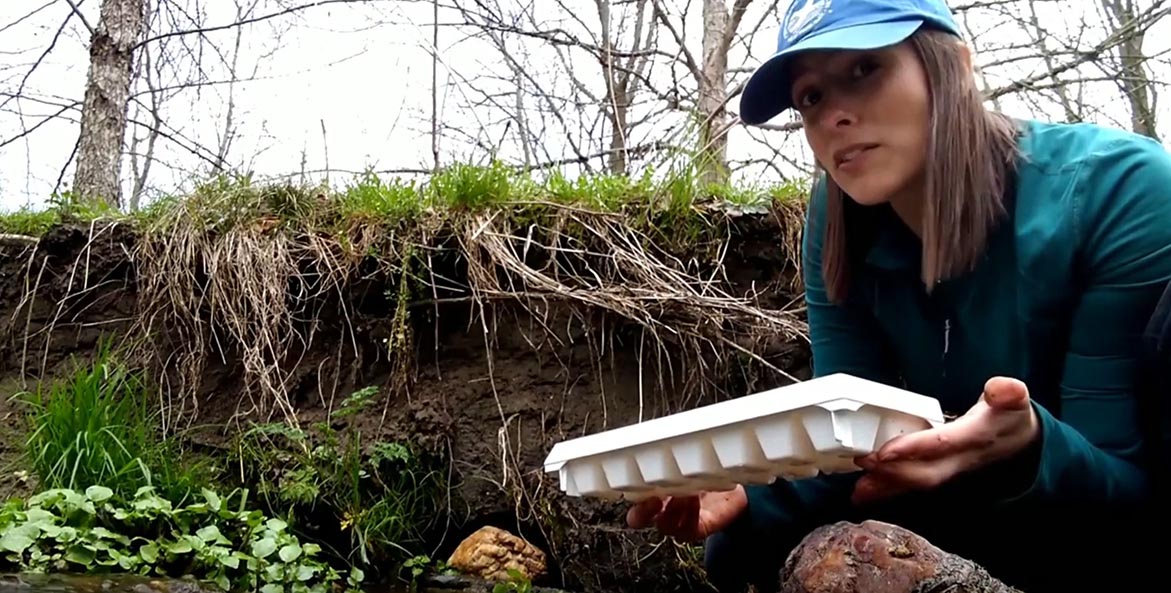September means back to school. And while things may look different this year, CBF’s Education team is excited to keep students learning the best way we know: outside, in the Bay watershed. Hear from educators about our new virtual learning program this fall, find resources to help students investigate their environment outside, from home, and learn why it’s important to include outdoor education experiences in remote learning plans. Then, check out our oyster filtering investigation and a Backyard Report Card you can do at home.
The Case for Outdoor Learning
As schools rethink their strategies in response to the COVID-19 pandemic, now is the opportunity to include more outdoor learning. Tom Ackerman, CBF’s Vice President of Education, makes the case for incorporating outdoor education experiences into remote learning plans to keep students engaged and help them explore environmental issues in their communities.
From Bay to Classroom
Just as parents and educators have had to switch up their back to school planning, CBF’s Education team is doing the same. Hear from three of our field educators about our new virtual learning program, how we’re bringing the Bay to teachers and students, and what they’re excited for in the coming months.
Video: Backyard Report Card
Clean water starts with each of us—in our homes, our yards, our neighborhoods, and our communities. From turning off the faucet to mowing lawns less frequently to providing wildlife habitat, every action matters. Follow along with our Backyard Report Card video and investigation to explore how you can safeguard the Bay at home.
Video: Oyster Filtering Experiment
Did you know that oysters feed on algae and naturally filter the water? In this video, see for yourself how oysters make the water clearer. After watching, figure out your family’s water usage and then calculate how many oysters you’d need to filter that amount of water with our Oyster Power Investigation.
Learn with Us
We’re excited to learn outside! CBF educators are creating new content from their own backyards and home offices so teachers and students can keep exploring the watershed and learning about the environment. This fall, we’re continuing to update our Learn Outside, Learn at Home content to include new video resources, field investigations, and printable watershed curriculum.
What You Can Do
- Learn about the National Fish and Wildlife Foundation grants announced this week: More trees will be planted in Pennsylvania to protect local waterways, and in Virginia, trees will help beat the heat in historically redlined districts in Richmond. Virginia's Lynnhaven River is also set to expand its sanctuary oyster reef.
- Marylanders: Join CBF and MOVE Maryland for a virtual day of wellness that helps save the Bay! When registering for the November 7 event, select Chesapeake Bay Foundation to support CBF. Learn more and register at movemaryland.org.
- Register for our September 9 webinar Farming for Clean Water and learn how partnerships with farmers are helping to save the Bay.
- National Make-A-Will Month is almost over! Use our free will writing tool and create your will today.
- Sign up for our weekly Save the Bay e-newsletter—a weekly roundup of uplifting Bay stories, inspirational videos, helpful teaching resources, and much more.
- Help us continue to bring the Bay and its rivers to you at home each week. Donate today!



